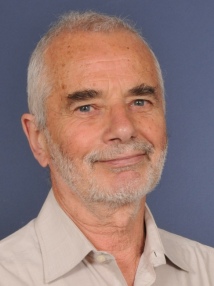BibTex format
@article{Lovell:2016:10.1103/PhysRevB.94.134405,
author = {Lovell, E and Ghivelder, L and Nicotina, A and Turcaud, J and Bratko, M and Caplin, AD and Basso, V and Barcza, A and Katter, M and Cohen, LF},
doi = {10.1103/PhysRevB.94.134405},
journal = {Physical Review B},
title = {Low-temperature specific heat in hydrogenated and Mn-doped La(Fe, Si)(13)},
url = {http://dx.doi.org/10.1103/PhysRevB.94.134405},
volume = {94},
year = {2016}
}

